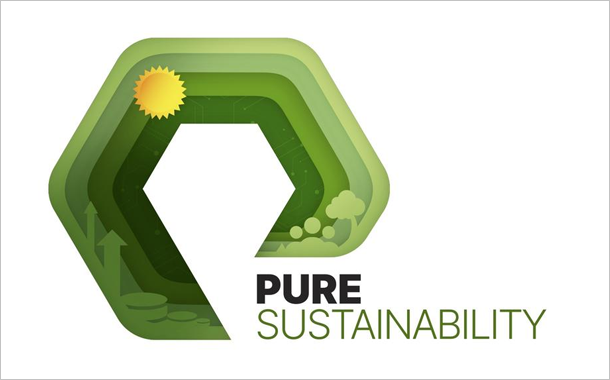Sustainability in retail is no longer a choice. With the volume of noise increasing around fast fashion’s jaw-dropping impact on the environment, many people are still shocked to learn that the fashion industry is the second largest polluter on earth, only after oil.
We know that the rise of fast fashion is fueled by the disposable nature of consumers. This has a direct impact on how quickly brands turn around new products in order to keep up with demand. However, with the need to keep costs low, these brands, of course, seek out shortcuts to reduce processes, meaning suppliers or manufacturers may not be up to standard, which in turn creates a negative social and environmental impact on our planet.
With the launch of the UAE Vision 2021, which expresses a sustainable environment and infrastructure as one of the core priorities to the agenda, just talking about sustainability is no longer enough. It is high time that action is put into place to adjust thoughts on sustainability in all industries, and more importantly how we as consumers in the region and beyond can support the change, especially when it comes to the fashion industry.
Unfortunately, the number of sustainable retailers in the region and the world is worryingly low, which is why businesses must step up their game to go in the same direction as other industries leading the way in this initiative.
A recent YouGov survey on sustainable fashion in the UAE, highlighted that today’s consumer wants to shop sustainably but the price is a major motivational factor. This new data shows that three-quarters 75% consider sustainability when buying fashion items but it does remain behind other factors. Fitting 92%, material quality 92%, design 90% and price 89% were documented as being more important when deciding what to buy.
The fashion industry is a complicated business, there are many different suppliers and manufacturers within the process and with all these middlemen, making sure the pieces are developed in a sustainable manner is considered both time-consuming and costly. However, it is a process that fashion companies must start integrating into their long-term plans, with both high street to designer brands responsible for the movement to provide a positive impact on the environment.
With global brands such as H&M, Zara, and Primark, each has already started paving the way for ethical operations and working to produce sustainable garments, while Adidas has announced that it plans to eliminate the use of virgin plastics in its products by 2024. Stella McCartney is one of a small number of designers that have taken sustainability to the runway with an active effort to keep the brand green by handpicking environmentally friendly materials and consciously choosing the network of collaborators the brand works with.
Interestingly the YouGov survey also showed that whilst sustainability is not always the driving factor when shopping in the UAE, three in four 75% UAE residents are interested in buying sustainable fashion items.
However, once again price 54% is the key driver in what would motivate someone to buy sustainable items, followed by the availability of better styles 52%. This means as designers and producers we must sit up, take action and answer the consumer’s needs.
Almost every part of the fashion process has a more sustainable alternative and this can be done cost-effectively. Instead of using plastic buttons, organic corozo – derived from the Tagua tree – is not only biodegradable but is also durable and scratch resistant. Choosing wooden hangers over plastic as well as a biodegradable garment or retail bags are also just a few small steps that can improve environmental impact.
When it comes to textiles and the materials used for clothing, organic and recycled cotton, as well as Tencel, coming from the pulp of the eucalyptus tree, are comfortable, cool and light alternatives over the standard materials used in the industry.
Furthermore, the UAE focused YouGov survey highlighted that consumers are more inclined to purchase sustainably if brands pushed their messaging a bit harder. Just under half say they would buy sustainable fashion if the brand shared information on the benefits and impact of sustainability 47% or set out their sustainability credentials more clearly on their labels 46%. Furthermore, a third 34% would purchase if they promoted sustainability in their communications.
With the growing demand and expectations from customers, the fashion industry is increasingly under pressure to make a difference in its practices. It is, therefore, the responsibility of the consumer to continue this pressure to ensure more sustainable approaches are made within the fashion industry and for brands as a whole to react accordingly.

Key takeaways
- Many people are still shocked to learn that the fashion industry is the second largest polluter on earth, only after oil.
- A YouGov survey in UAE highlighted that today’s consumer wants to shop sustainably but the price is a major motivational factor.
- 75% consider sustainability when buying fashion items but it does remain behind other factors.
- Fitting, material quality, design and price were documented as being more important when deciding what to buy.
- Making sure pieces are developed in a sustainable manner is considered time-consuming and costly.
- As designers and producers, we must sit up, take action and answer consumer needs.
- Every part of the fashion process has a sustainable alternative and this can be done cost-effectively.
Every item in fashion has a sustainable alternative provided manufacturers are compelled to shift, argues Alana Sorokin at Joseph & Alexander.

























